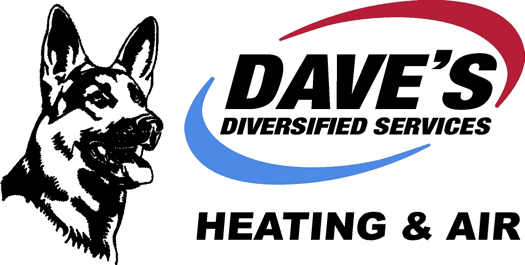Many people only schedule air conditioning repair when their system totally fails. However, the fact is your air conditioner will often drop hints letting you know it’s in trouble before a total breakdown that results in new AC installation. Noticing early problems and calling the experts at Dave's Diversified Services to handle issues early can spare you the hassle and expense of a full AC system breakdown. More importantly, it can stop you from having to endure the uncomfortable feeling of having your AC stop working on a really hot day.
When you call us, our team of highly trained HVAC technicians will pinpoint what’s wrong, resolve the issue and get your AC back on track. We have extensive expertise and provide high-quality, cost-effective AC service for our community.
Why hold off until your cooling system quits? Skip all that hassle by calling today to schedule AC repair in Front Royal, VA, from Dave's Diversified Services.
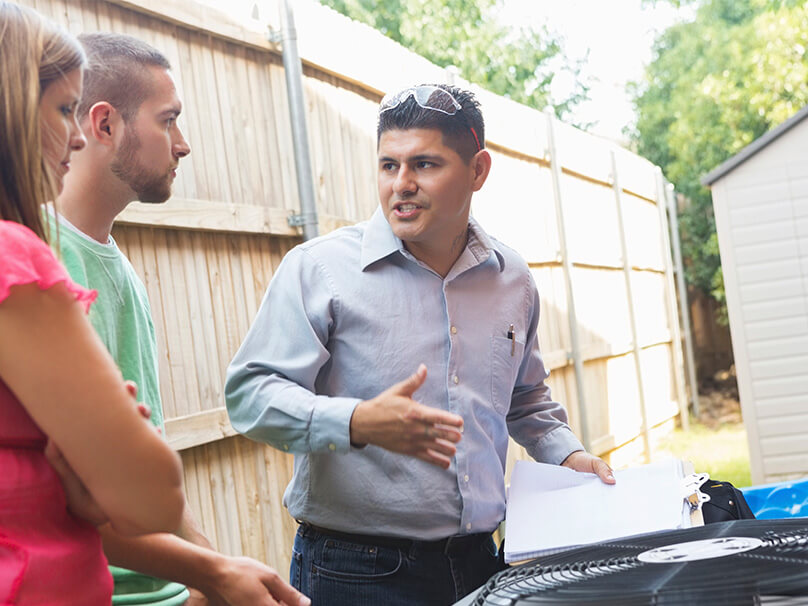
Warnings Signs You Need AC Repair
Wondering if your air conditioner requires service? From strange odors to no cold air coming from the vents, there are many indicators that your cooling system has is malfunctioning and needs evaluation or repair.
Here are some red flags that trouble may be on the way and it’s time to call an HVAC technician from Dave's Diversified Services:
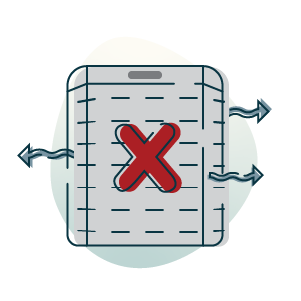
AC blows warm air instead of cold
If warm air is coming from your AC unit instead of cool air, or if the air isn’t as cool as normal, it’s a good idea to call us for professional cooling service.
Air conditioning frequently turns on and off
If your AC system starts and stops instead of running consistently, it could be a warning of potential issues and should be inspected by one of our certified HVAC technicians.
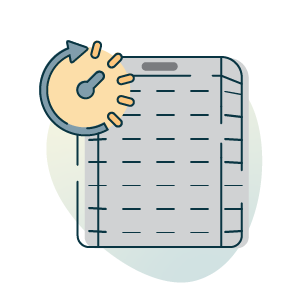
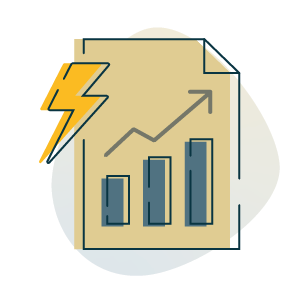
Cooling bills spike for seemingly no reason
A sudden spike in your energy costs can be a sign your AC unit is not running efficiently, which means it uses more energy to cool your home and needs AC maintenance or repair.
Strange smells are coming from your air conditioning
Air conditioners aren’t supposed to smell. Weird smells coming from your air conditioner should be inspected by an HVAC technician, as they can be a red flag for issues like mold, mildew or even electrical issues.
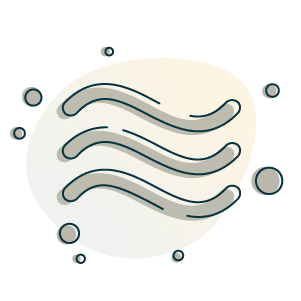

AC makes loud noises when it runs
If you hear strange sounds when your air conditioning is running — clanking, scraping or high-pitched whining, to name just a few — it’s important to call for professional HVAC service to get to the bottom of the issue.
Request Pro Air Conditioner Repair Today
When you need air conditioning service fast, get in touch with the HVAC repair experts at Dave's Diversified Services. We’ll quickly confirm the issue when your air conditioner won’t start or deliver enough cool air.
